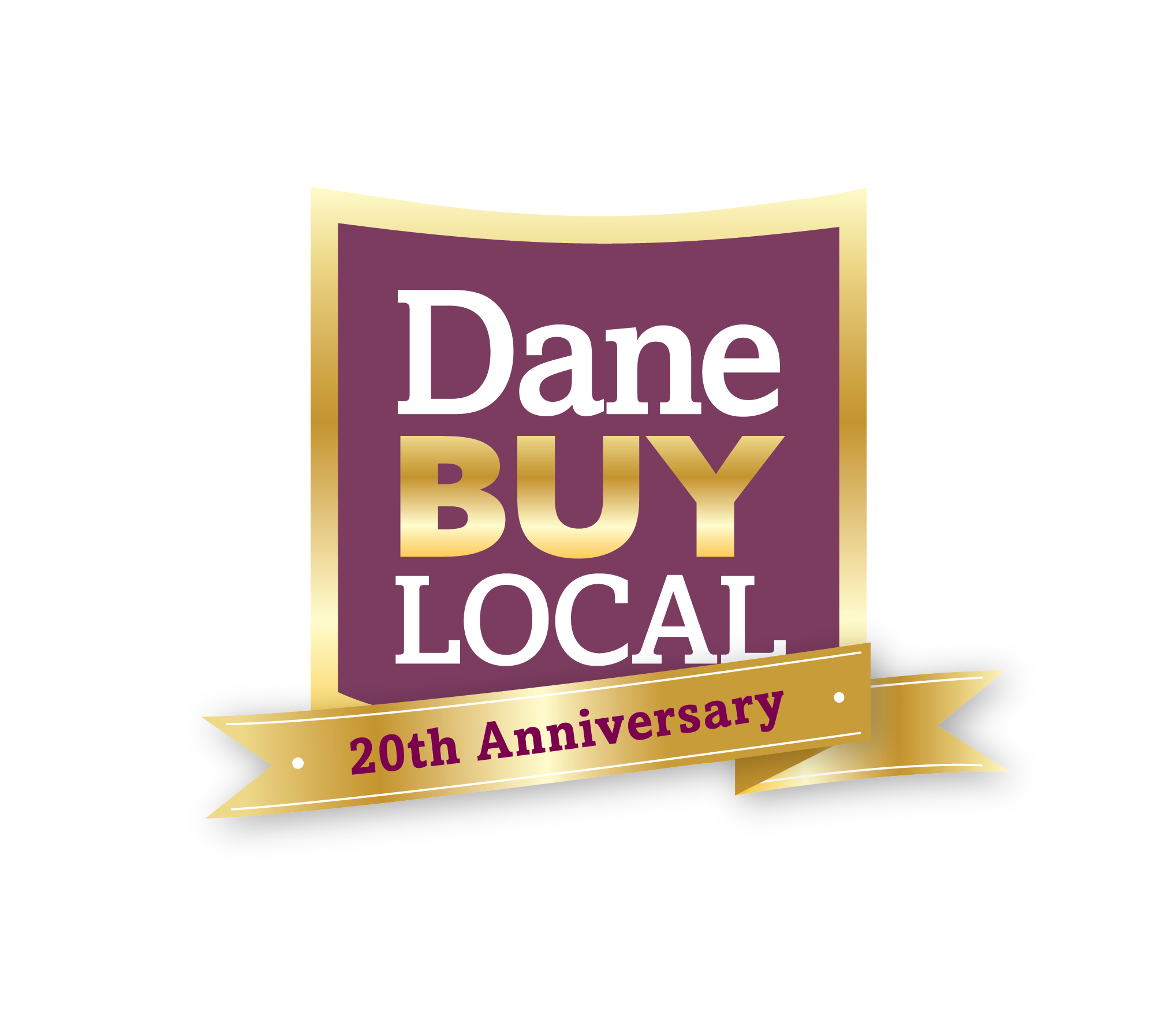Buy Local. Think Local. Live Local.
The Power of Local: Why Buying Local Matters
In an era of globalization and digital connectivity, the concept of buying local has taken on a renewed significance. The choices we make as consumers extend far beyond personal preferences; they shape the communities we inhabit, influence economic landscapes, and have environmental implications. Here's why buying local matters and how it contributes to building stronger, more resilient communities.
- Community Well-being: Supporting local businesses directly impacts the well-being of your community. When you choose to buy from local merchants, you are investing in the livelihoods of your neighbors, friends, and family. These businesses are the backbone of our communities, providing jobs, services, and contributing to the unique character of the places we call home.
- Economic Impact: Local businesses have a multiplier effect on the economy. Studies consistently show that a more significant percentage of money spent locally stays within the community. Local businesses are more likely to use other local services, hire local employees, and reinvest in the community, creating a cycle of economic sustainability.
- Environmental Sustainability: Buying local can have a positive impact on the environment. Local businesses often source their products and materials locally, reducing the carbon footprint associated with transportation. Additionally, supporting local agriculture can lead to a more sustainable and diverse food supply, reducing the need for long-distance transportation and the associated environmental costs.
- Preserving Community Character: **Local businesses contribute to the unique identity and character of a community. From the quaint bookstore on the corner to the family-owned diner, these establishments define the personality of a place. As we embrace local businesses, we actively preserve the distinctiveness that makes our communities special.
- Personalized Service and Quality: **Local businesses take pride in providing personalized service and high-quality products. When you buy local, you often experience a level of attention and care that may be lacking in larger, impersonal chains. This commitment to excellence not only enhances your individual shopping experience but contributes to a culture of craftsmanship and pride within the community.
- Community Connection: Buying local fosters a sense of connection within the community. Local businesses are more likely to engage with their customers on a personal level, creating a sense of belonging and loyalty. This connection goes beyond transactions, building relationships that contribute to the social fabric of the community.
- Job Creation: Local businesses are significant contributors to job creation. By supporting these enterprises, consumers play an active role in fostering employment opportunities within their community. This, in turn, leads to increased economic stability and a higher quality of life for residents.
In conclusion, buying local is not merely a transaction; it's a powerful choice that reverberates through the social, economic, and environmental dimensions of our communities. As consumers, our decisions wield influence, and by choosing to buy local, we contribute to the creation of vibrant, resilient, and sustainable communities that we can all be proud to call home.








